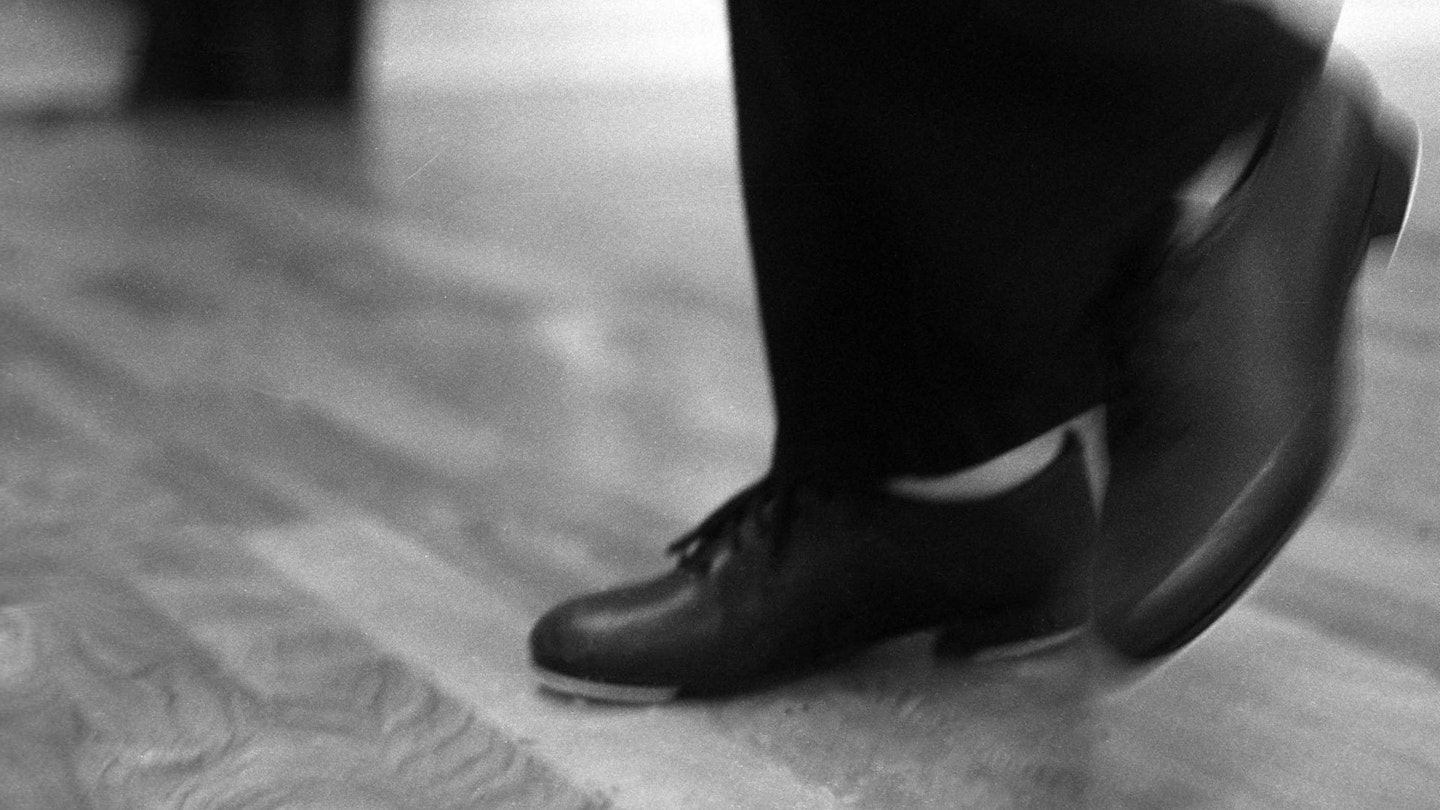Since the days of Astaire, Kelly and friends, dance on the big screen has been an erratic affair. In 1978 Saturday Night Fever started it all off again followed by Fame, Footloose and Flashdance. Tap returns to the old formula and proves they don't make 'em like they used to.
The lugubrious Gregory Hines, who tapped his way to fame in The Cotton Club and furthered down payments on a new pair of shiny shoes with Baryshnikov in White Nights, stars with the incomparable Sammy Davis Jr. and a bunch of ancient Apollo Theatre hoofers: Harold Nicholas, Sandman Sims, Bunny Briggs, and Jimmy Slyde.
These old-timers enabled writer director Nick Castle (son of the late Astaire choreographer) to film an unashamedly sentimental scene where they all get together and show it off. It proves to be the only dance scene shot in the correct style: full length and as wide as possible.
Tap allows Hines to grandstand his unique style-but a weary plot slows the pace down. Max (Hines) is the boy wonder who robbed a store one night instead of going on stage in a tux and got caught. Returning to his old neighbourhood he tries to win back his girlfriend Amy (Suzzanne Douglas) while her father (Sammy Davis Jr.) tries to coax him back into his dancing shoes.
As tap dancing is not exactly recommended for an upwardly mobile film career, the movie touches on its evolution through vaudeville and its undignified death at the hands of rock and roll. There's a pinch from Fame when Hines leads a club of dancers on to the street for what should have been an exuberant scene, but camera shifts and close-ups destroy any hope of dynamic action. Finally there's a version of Cheek To Cheek with Max and Amy on the roof which would have benefitted from at least some choreography. Tap is perhaps best summed up by a remarkable credit as the film closes. Gregory Hines we are told was responsible for "Improvography".
